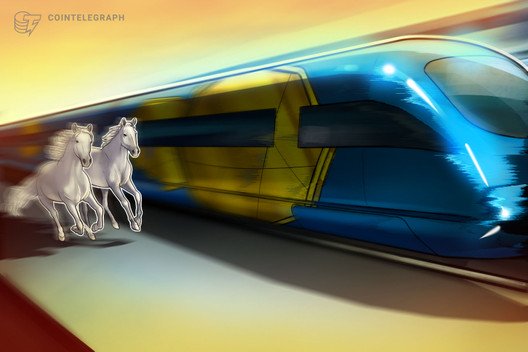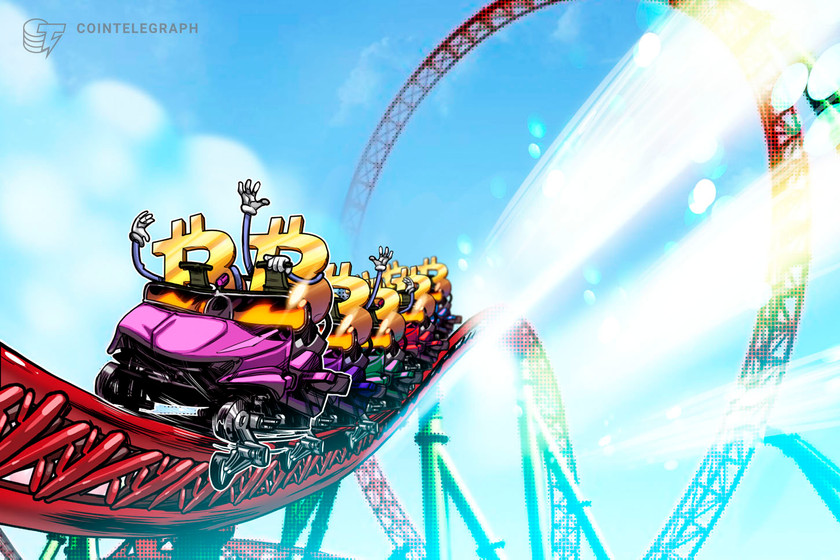Ethereum is a ‘dumpster fire’ — Charles Hoskinson
Despite assurances, discrepancies between Cardano’s theoretical network capacity and its utility remain.
409 Total views
2 Total shares

An amusing attempt at satire has drawn the ire of Cardano (ADA) founder Charles Hoskinson, or so it appears.
In response to a fan commentary doubting the blockchain’s roadmap and criticizing its supposed similarity to Ethereum (ETH), Hoskinson responded, “it’s getting delusion town now,” and “we are living rent-free in the maxi minds. I pity them,”. Addressing the Ethereum comparison, the founder said:
“Ethereum has a dumpster fire of a consensus layer, has a terrible programming model that they can’t change, and are getting eaten alive by their own layer 2 ecosystem.”
“Cardano’s sidechain plans mutually benefit both Cardano and the sidechain,” he stated.
It’s getting delusion town now. Hydra is live on mainnet and evolving fast. Mithril is live as well and the first step towards a rich DA and light client strategy. We already designed a significantly better way of handling transactions via tiered pricing and Babel fees.
There’s… https://t.co/2cJa8ivJGu
— Charles Hoskinson (@IOHK_Charles) August 17, 2023
In March 2020, the Cardano Foundation published a research paper describing Hydra, a layer-two solution using sidechains to offload transactions from the main network. Hoskinson explained that Cardano would soon become “the fastest system in the world,” raising the following example:
“Simulations have shown that each “Hydra head” can currently process about 1,000 transactions per second (TPS). With 1,000 stacking pools, each of which processes 1,000 TPS, Cardano could achieve a throughput of up to one million transactions per second.”
In an ask-me-anything session dated November 2021, Hoskinson revealed that the Hydra project was still under development with no set launch date. The first mainnet-compatible Hydra node was released on May 11, 2023. Since then, developers have teased the upcoming Hydra Pay, a supposed layer-two integration with Cardano Wallets bearing the feature of instant settlement and “gazillion TPS.”
Regarding utility, data from Cardano Scan indicate that the blockchain currently processes an average of 65,000 transactions per day, or 0.75 transactions per second. In comparison, Ethereum processed over 1 million transactions in the past 24 hours, or about 12.45 transactions per second.
“No matter how many times the VC coins, the cryptomedia, or the maxi crowd proclaims we are dead, irrelevant, or failing, we always remind them that Cardano is here to stay,” wrote Hoskinson in a previous tweet.
Magazine: Should we ban ransomware payments? It’s an attractive but dangerous idea









